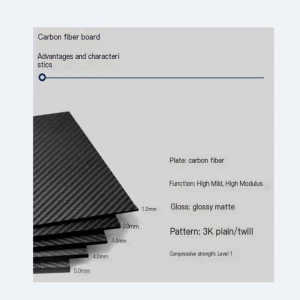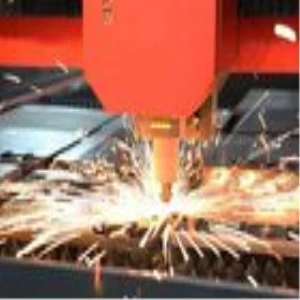Modacrylic Fiber: A Complete Guide for Buyers in 2025
As demand for flame-resistant textiles grows globally, Modacrylic Fiber has emerged as a crucial material for protective clothing and specialty fabrics. This synthetic fiber combines the comfort of acrylic with enhanced fire safety properties, making it ideal for industrial, military, and home furnishing applications.
How to Find Reliable Modacrylic Fiber from China in 2025
China remains the world's leading producer of Modacrylic Fiber, offering competitive prices and advanced manufacturing capabilities. When sourcing from China:
- Verify supplier certifications (ISO, OEKO-TEX, SGS)
- Request third-party test reports for flame resistance
- Check minimum order quantities (MOQs) - typically 500kg+
- Confirm lead times (usually 4-8 weeks for custom orders)
What Buyers Should Know Before Buying Modacrylic Fiber from China
Key considerations include:
- Dyeing capabilities (solution-dyed fibers offer better colorfastness)
- Anti-static treatments for specific applications
- Custom fiber denier options (1.5D-3D most common)
- Shipping terms (FOB/CIF pricing differences)
Types of Modacrylic Fiber
Major varieties include:
- Standard Flame-Resistant: For general protective clothing
- Anti-Static: Used in cleanroom environments
- High-Tenacity: For durable military applications
- Blended: Combined with cotton or polyester for specific properties
Functions and features of Modacrylic Fiber
Key advantages:
- Self-extinguishing properties (LOI >28%)
- Resistant to acids, alkalis, and organic solvents
- Excellent thermal insulation
- Low smoke emission when exposed to flame
Scenarios of Modacrylic Fiber
Common applications:
- Firefighter turnout gear
- Military uniforms
- Industrial workwear (oil/gas, electrical)
- Theater curtains and upholstery
How to Choose Modacrylic Fiber
Selection criteria:
- Determine required flame resistance standards (EN ISO 11612, NFPA 2112)
- Consider end-use durability requirements
- Evaluate comfort needs (moisture wicking, breathability)
- Check compatibility with existing manufacturing processes
Modacrylic Fiber Q & A
Q: How does Modacrylic compare to other flame-resistant fibers?
A: It offers better comfort than aramid fibers at lower cost, with superior flame resistance compared to treated cotton.
Q: What's the typical price range?
A: $3.50-$6.50/kg depending on specifications and order volume (2024 prices).
Q: Can it be recycled?
A: Yes, through specialized chemical recycling processes.
Q: How long does it last in protective clothing?
A: Typically 2-5 years depending on use frequency and care.
Q: Is it suitable for children's sleepwear?
A: Yes, when properly certified to relevant safety standards.
































































